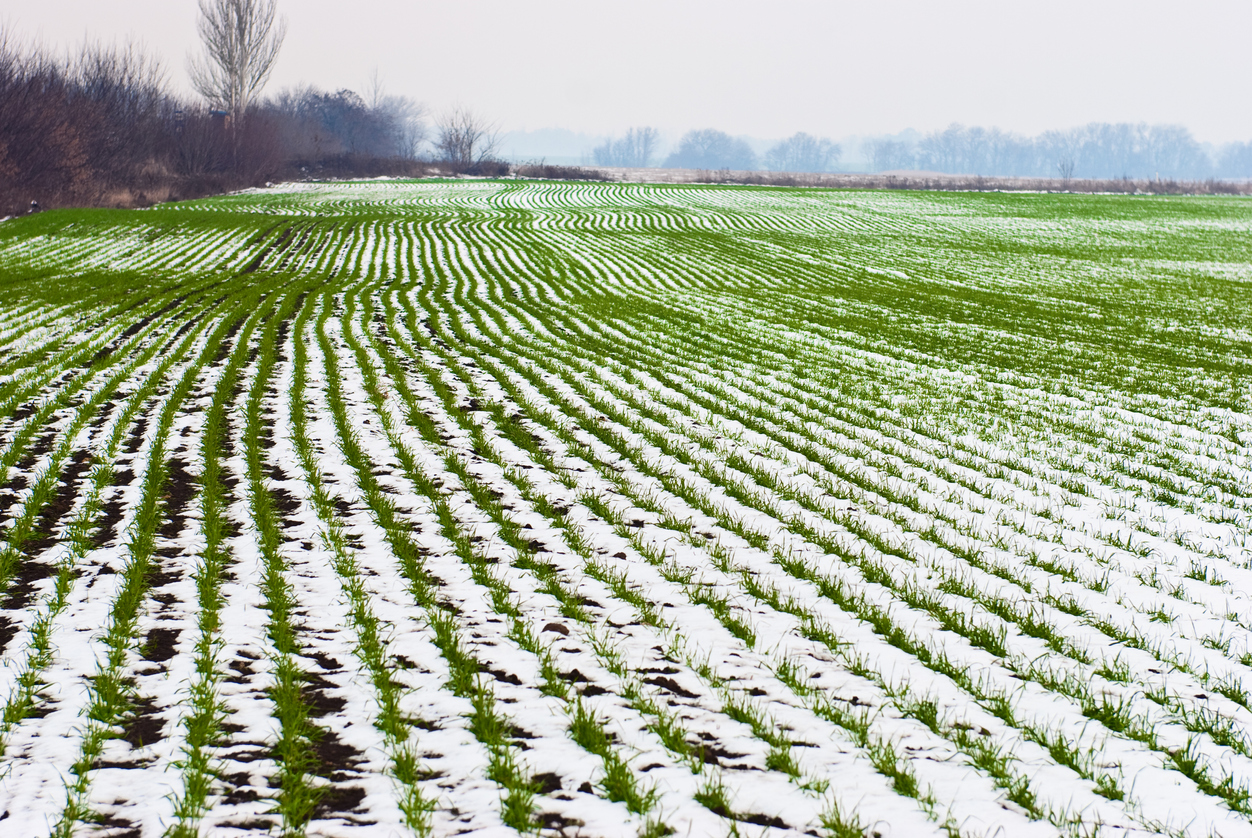Will Shifting Market Factors Hibernate the Bear Market in Wheat?
By USW President Vince Peterson
Recently, I have heard several of the farmers that U.S. Wheat Associates (USW) represents say they are hoping for a much better year in 2020. No wonder, given the low farmgate prices, trade uncertainty and difficult harvest conditions last year. A better year would be good for our farmers and for our overseas customers, too, who want farmers to have the incentive to continue producing a reliable supply of high-quality U.S. wheat.
From the perspective of global supply, demand and trade factors, we do see mostly positive influences hovering just out in front of us as we start the new year. After a long-term bear market that pulled Chicago wheat futures down from $9.50 in 2012 to a bottom of nearly $3.50, recent firmness in prices represents possible change and momentum on the horizon.
To highlight the primary market factors, we can start with a look at the Southern Hemisphere. Australia remains in the grips of drought that has reduced this year’s harvest outlook by 35 percent below their 10-year average. Australian wheat export prices are currently among the world’s highest at around $265 per metric ton (MT) FOB. In Argentina, the newly elected government has increased export taxes again for wheat from 7 percent to 12 percent (soybean export taxes were raised by 30 percent!). The bump in wheat export taxes raises FOB prices by more than $10 per MT, allegedly to protect domestic producer prices. That is not good for their importing customers, particularly for Brazil. However, after more than a dozen years of negotiations, Brazil on January 1 opened its 750,000 MT duty free tariff rate quota (TRQ), potentially advancing wheat import demand from outside Mercosur. When Mercosur wheat supplies have been tight, U.S. farmers have supplied an average of 80 percent of Brazil’s non-Mercosur needs.
In the Northern Hemisphere, Russian wheat export expectations have been reduced based on lower domestic supplies and prices for their standard 12.5 percent protein wheat (calculated on a dry matter basis and is most closely comparable to U.S. HRW 11 protein calculated on a 12 percent moisture basis). Russian FOB export prices are now around $219 per MT, with U.S. hard red winter (HRW) 11 percent at approximately $222 FOB from the Gulf. Long gone are the $40 to $50 per MT FOB discount spreads that have disrupted what would be normal logistical trade patterns in some recent years.
In its December “Wheat Outlook” report, USDA noted that cuts in wheat production in Argentina, Australia and Canada create potential opportunities for U.S. wheat exports in marketing year 2019/20.
In trade, despite the uncertain slog of negotiations, the United States has completed trade deals with Mexico through the finalization of the U.S.-Mexico-Canada Agreement (the new NAFTA) and through an initial bilateral agreement on agriculture with Japan. U.S. wheat export shipments to Mexico in marketing year 2019/20 already stand at 2.74 million metric tons (MMT) versus sales at the same date last year of 2.18 MMT. Together, Mexico and Japan account for more than 4.0 MMT and 25 percent of all U.S. wheat export sales to date.
Finally, trade negotiations with China, which have been perhaps the biggest weight on U.S. wheat market fundamentals and psychology, appear to be at a more hopeful position. This week, President Trump announced that the U.S. and China will sign a so-called Phase One deal on January 15. Based on information provided by the Office of the U.S. Trade Representative, China has agreed under the Phase One agreement to cancel retaliatory tariffs and import significantly more U.S. agricultural products, including wheat. Running parallel to this potential demand, China has also agreed to start filling its annual 9.6 MMT reduced tariff TRQ for imported wheat. In the five years before the start of the U.S.-China trade “war” in 2018, U.S. wheat exports to China averaged 1.5 MMT per year. That provides a logical basis for a more robust world and U.S. wheat trade with China.
Over the last five years or so, U.S. wheat producers have shouldered many challenges and continued to produce the highest quality, most wholesome milling wheat in the world, as they have done for decades. We do not yet know if these positive shifts in market and trade factors will provide the economic boost they need. But in that hope, our team at USW will be watching how they affect the markets – and how that will affect our overseas customers.


